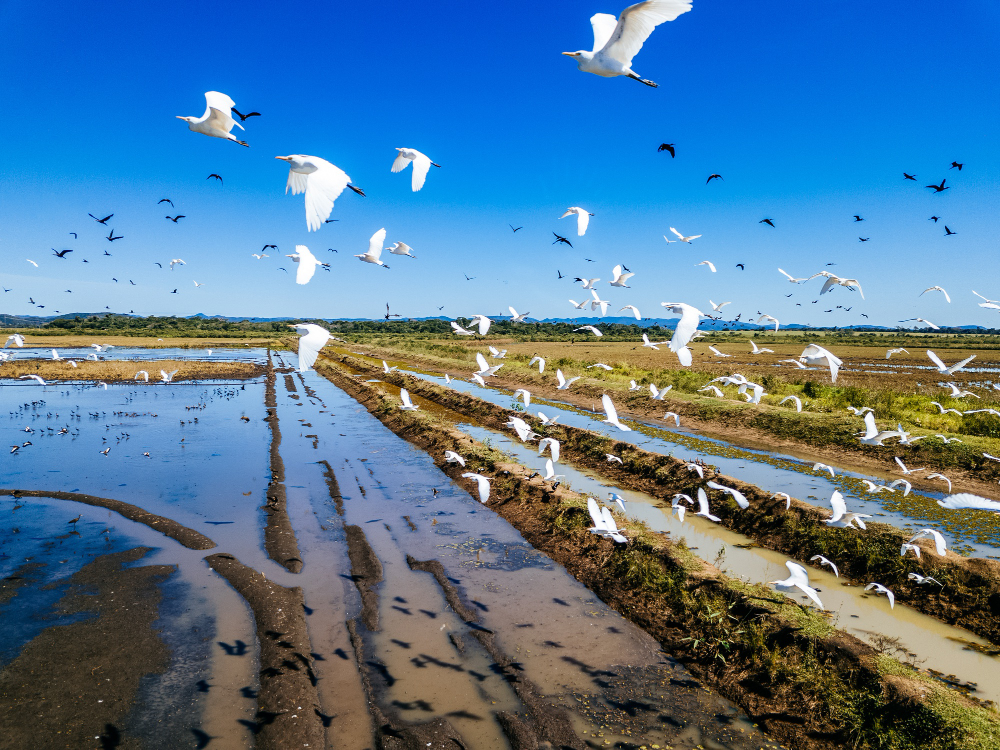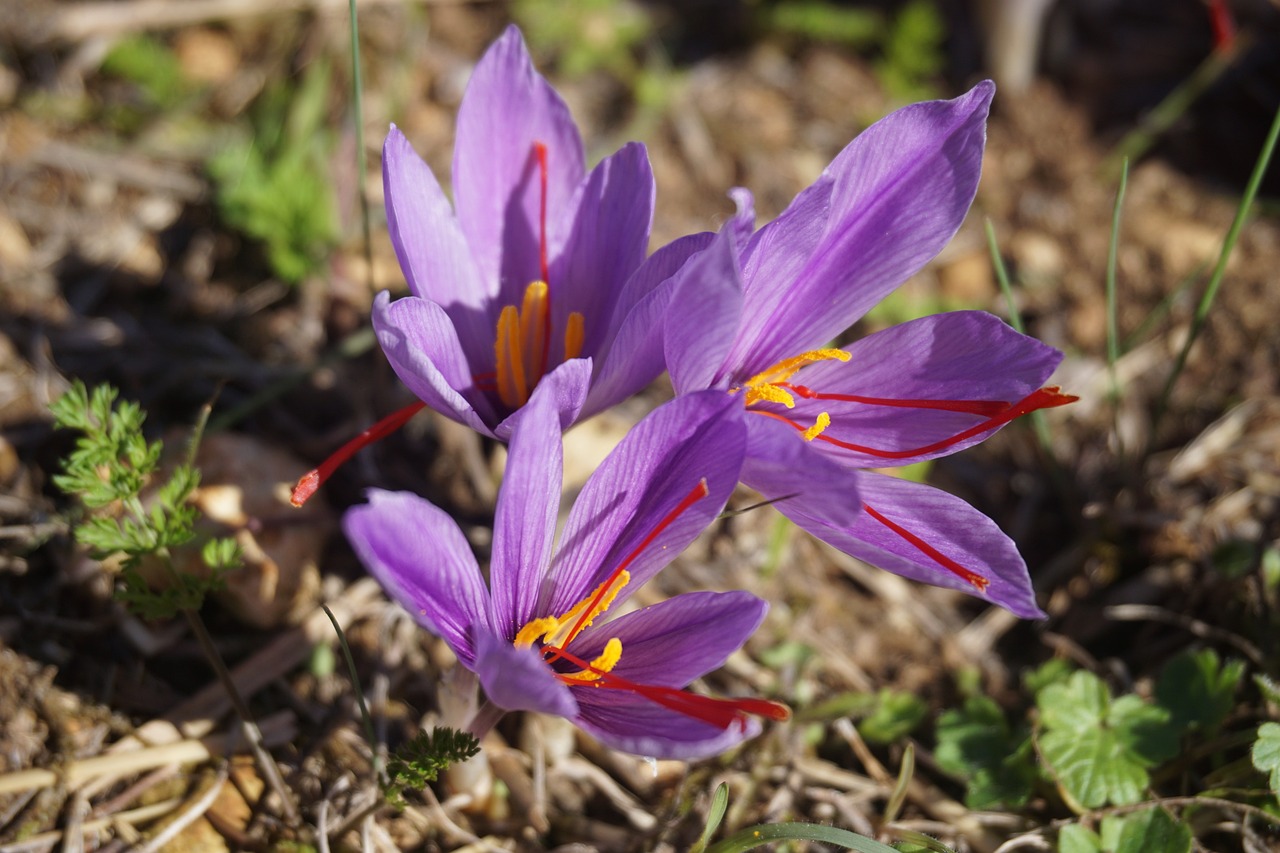In the vast deserts and rugged landscapes, camels have been quietly defying nature’s harshest conditions for centuries. These extraordinary animals, often referred to as the “ships of the desert,” are more than just a mode of transport or a cultural symbol. They are a testament to nature’s brilliance, adapted to survive and thrive where few others can.
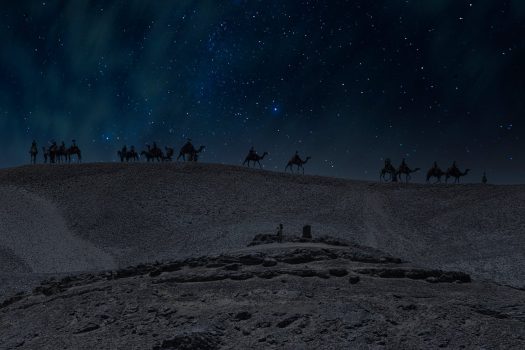 Pin
Pin Photo by Tarek Hagrass
Camels’ resilience and ability to migrate across challenging terrains reveal a story not just of survival but of evolution, partnership with humans, and remarkable instincts.
Table of Contents
Masters of Adaptation
Camels are a marvel of evolutionary engineering, perfectly designed to survive and thrive in some of the harshest environments on Earth. Navigating the endless dunes of the Sahara, the rocky terrains of Central Asia, or the semi-arid steppes of the Middle East, these animals demonstrate an extraordinary ability to adapt. Their survival isn’t just a matter of biology but a masterclass in resource management and resilience.
The Truth About Their Humps
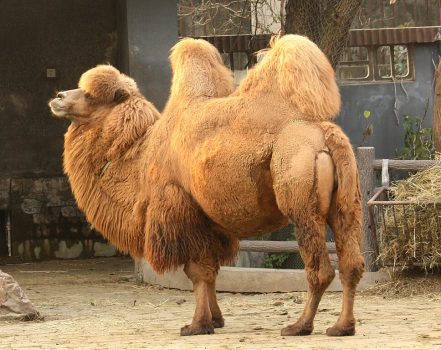 Pin
Pin Image from Wikimedia Commons
The camel’s hump is perhaps its most iconic feature, a physical trait that has fueled myths and misunderstandings for centuries. Contrary to the popular belief that humps store water, they are actually reservoirs of fat—an energy source that sustains camels during periods of scarcity.
When food is unavailable, the fat stored in the hump is metabolized to provide energy and sustenance. This process releases not only energy but also water as a byproduct of fat metabolism, aiding the camel’s hydration needs. Over time, as the reserves are depleted, the hump can lose its shape and begin to droop. This visible change serves as an indicator of the camel’s nutritional state, showing just how heavily these animals rely on their fat stores during challenging journeys.
In their natural habitat, where vegetation can be sparse and unpredictable, this unique adaptation allows camels to travel vast distances without succumbing to hunger or malnutrition. It’s an efficient system that ensures survival in a landscape where sustenance is anything but guaranteed.
Unmatched Water Conservation
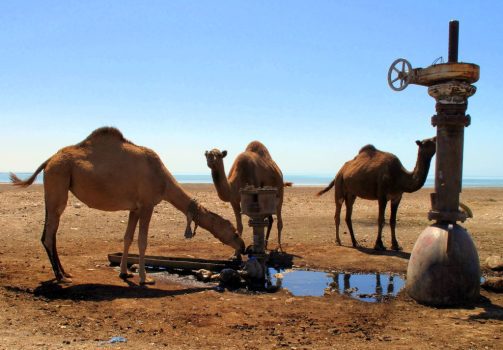 Pin
Pin Image from Wikimedia Commons
Water is the most precious resource in a desert, and camels have mastered the art of conserving it. Unlike most animals, which can only survive a few days without water, camels can endure weeks in arid conditions without drinking. This ability is rooted in several physiological adaptations.
When camels do find water, they drink with an urgency and efficiency that is unparalleled. A single camel can consume up to 40 gallons of water in less than 15 minutes. This rapid hydration replenishes their reserves, enabling them to endure the dry spells that often follow.
Internally, their bodies are designed to make the most of every drop. Camels produce highly concentrated urine, reducing water loss significantly. Their feces are so dry that nomadic communities have historically used them as fuel for fires. Additionally, camels have an incredible tolerance for dehydration; they can lose up to 25% of their body weight in water—a level that would be fatal for most other animals—and recover fully once rehydrated.
Even their blood cells are unique. Unlike most animals, whose blood cells would rupture when rehydrated too quickly, camels have oval-shaped red blood cells that can expand and move easily through their vessels, ensuring they can drink large amounts of water without harm.
Another remarkable feature is their ability to manage their body temperature. Camels allow their body temperature to fluctuate throughout the day, reducing the need for sweating. By tolerating a wide range of internal temperatures, they conserve water that would otherwise be lost through evaporation.
Designed for the Desert
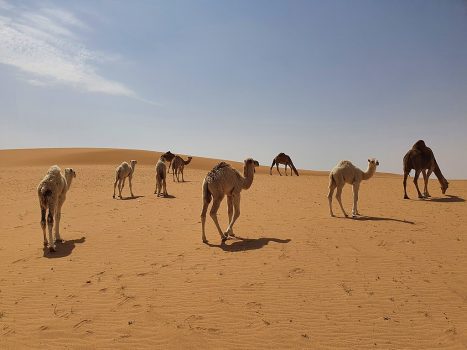 Pin
Pin Image from Wikimedia Commons
Every inch of a camel’s body is tailored for survival in harsh climates. Their broad, padded feet are ideal for walking on soft sand, preventing them from sinking and providing stability. Thick fur protects them from the searing heat of the sun while also offering insulation during cold desert nights.
Their long, bushy eyelashes and the ability to close their nostrils are ingenious adaptations to protect against sandstorms. Even their mouths are tough, lined with thickened skin that allows them to chew thorny desert plants without injury.
These adaptations aren’t merely impressive—they’re essential. Without them, camels wouldn’t be able to traverse the barren, unforgiving terrains they call home. This combination of physiological and behavioral traits makes camels a true masterpiece of nature’s design.
Migration of Camels
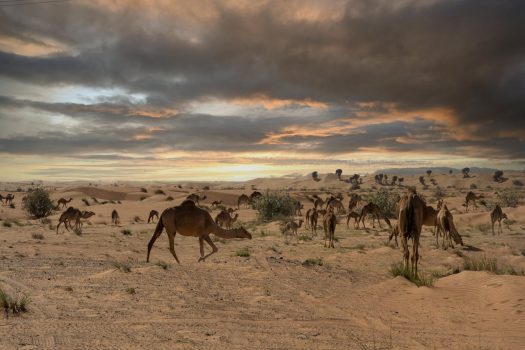 Pin
Pin Photo by Miguel Cuenca
Migration is not just a journey for camels—it is an integral aspect of their survival and ecological role. Unlike many migratory animals that primarily travel for breeding or seasonal movements, camels’ migrations are driven by the availability of essential resources such as water and vegetation. These migrations, whether in the wild or guided by human needs, demonstrate the resilience and adaptability of camels to some of the most challenging environments on Earth.
Following the Rains
In deserts and semi-arid regions, rainfall is a rare but critical event that dictates the availability of vegetation. Camels have developed an extraordinary ability to sense rainfall from great distances and instinctively migrate toward areas where fresh grazing lands emerge after a downpour.
These migrations often span hundreds of miles, crossing barren and treacherous terrains where other animals might struggle to survive. Camels’ finely tuned instincts allow them to navigate these regions efficiently, minimizing the energy spent and maximizing their chances of finding sustenance. The plants that grow in these newly fertile patches provide the nutrition camels need to sustain themselves during their arduous journeys.
Their grazing habits also play a significant ecological role. By consuming tough desert plants and spreading seeds through their droppings, camels contribute to the growth and regeneration of vegetation in their habitats. This symbiotic relationship between camels and their environment ensures the continuity of life in regions that might otherwise remain barren.
Human-Guided Migrations
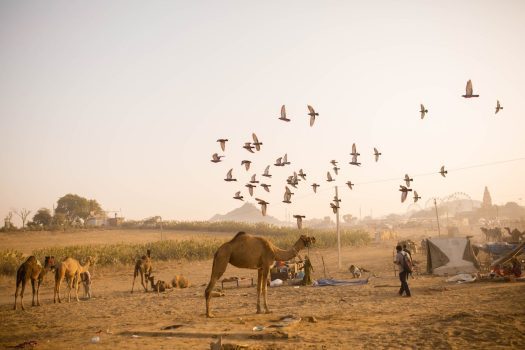 Pin
Pin Photo by neerja panchal
For thousands of years, domesticated camels have been indispensable to human societies, particularly in arid and semi-arid regions. Nomadic communities in the Middle East, North Africa, and Central Asia rely heavily on camels for transportation, milk, meat, and even cultural identity.
Nomadic migrations often align with the seasonal availability of water and pasture for livestock. Camels, being the cornerstone of these movements, enable nomads to access distant resources that would otherwise be out of reach. These human-guided migrations are carefully planned, taking into account not only the needs of the camels but also the entire ecosystem of the nomadic herders.
Historically, camels played a pivotal role in the economic and cultural exchange between civilizations. Their ability to carry heavy loads over vast distances made them the backbone of ancient trade routes such as the Silk Road and the Trans-Saharan trade network. These caravans transported spices, silk, salt, and other valuable goods, fostering connections between Asia, Africa, and Europe.
The migration of trade caravans not only shaped economies but also influenced art, religion, and language, leaving an enduring legacy that is still evident in these regions today.
Adapting to Modern Challenges
The migration patterns of camels, especially those in the wild, are increasingly being disrupted by modern challenges such as climate change, habitat loss, and human encroachment. The shrinking availability of grazing lands and water sources has forced camels to adapt to new migration routes or, in some cases, reduce the range of their movements.
Domesticated camels, too, are facing pressures. Urbanization and the decline of nomadic lifestyles have led to a decrease in the traditional migrations that once defined their existence. However, camel populations have shown remarkable resilience. Communities that still rely on camels are adopting innovative practices, such as using modern tools to track water sources and manage grazing lands more efficiently.
Conservation efforts in regions like Central Asia and Australia, where wild camel populations exist, aim to preserve their habitats and ensure the continuity of their migratory behaviors.
The Role of Migration in Survival
Migration is more than a survival strategy for camels; it is a testament to their enduring adaptability and ecological importance. By following the rains, camels not only sustain themselves but also support the fragile ecosystems of the desert. Their movement aids in the dispersal of seeds and the regeneration of vegetation, maintaining the delicate balance of life in arid regions.
As humans continue to grapple with environmental challenges, the story of camel migration reminds us of the interconnectedness of life and the need to preserve these ancient patterns. The resilience of camels offers hope that, even in the face of modern obstacles, these remarkable creatures will continue to traverse the vast, unforgiving landscapes they call home.
Lessons from the Camels
Camels embody endurance, adaptability, and harmony with nature. They teach us the importance of resilience in the face of adversity and the value of conserving resources. Their migrations remind us of the delicate balance between life and the environment, a balance we must strive to maintain in our rapidly changing world.
As we marvel at these remarkable animals, it’s worth reflecting on their role in shaping human history and ecosystems. Camels are more than just survivors—they are symbols of nature’s ingenuity and the enduring bond between humans and the natural world.

